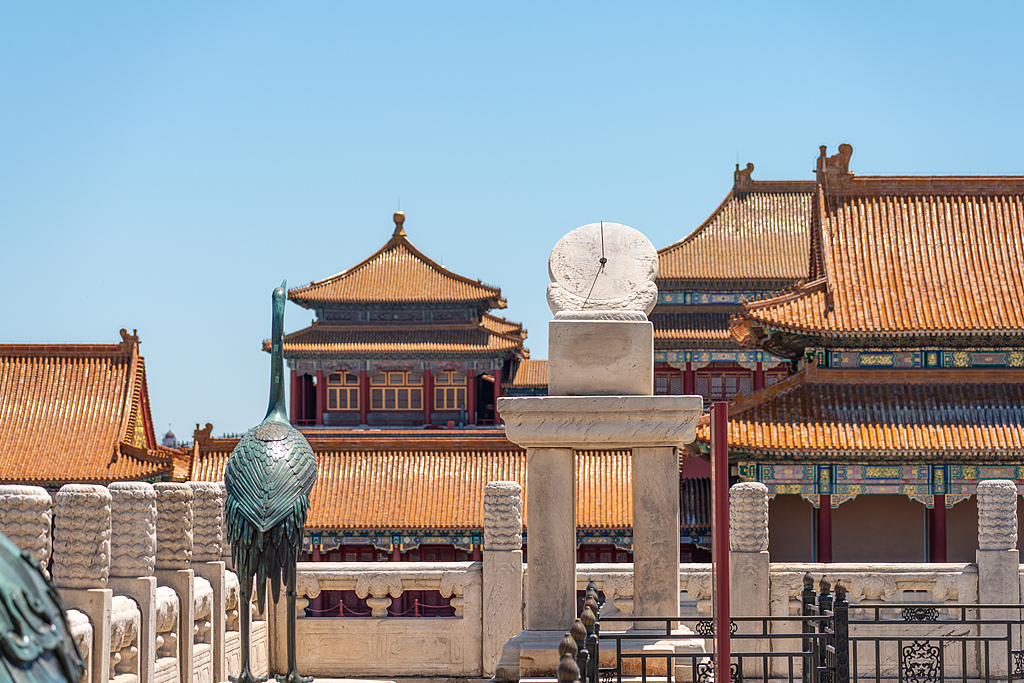Explore Ancient Mysteries: Tracing History from Machu Picchu to Beijing Through Stone and Shadow
China's new visa-free policy for Peruvian and South American travelers bridges ancient civilizations with easier international connections.

Chinese visa policies have taken a dramatic turn in recent months, welcoming Peruvian citizens and travelers from other South American nations with visa-free entry. This move has effectively bridged the gap between continents, making it easier than ever for people to traverse the globe and experience the cultural marvels left behind by ancient civilizations. With this new policy in place, a journey from the Andes to East Asia suddenly feels not only possible, but within reach for many eager adventurers.

High above sea level in the rugged terrain of the Andes, Machu Picchu continues to capture the imagination of historians, archaeologists, and visitors alike. This iconic citadel stands as one of the brightest jewels of the Inca Empire, renowned not only for its stunning natural backdrop, but also for its ingenious design. The precision of the stonework—so fine that no mortar was required—demonstrates the advanced knowledge and skill of its creators. At the center of this archaeological wonder lies the Intihuatana, a mysterious carved stone whose shadow once marked the solstices and equinoxes, underscoring the Incas’ intricate understanding of astronomy and their reverence for the cosmos.

Thousands of kilometers away, yet bound by similar aspirations, China’s Forbidden City rises at the heart of Beijing. An enduring symbol of imperial authority and refined craftsmanship, the sprawling palace complex once served as the seat of power for centuries of emperors. Visitors strolling through its courtyards are presented with a living tapestry of traditional Chinese culture, art, and architecture. Every gate, alley, and decorative motif tells a story deeply woven into the nation’s past. The grand halls and red walls whisper of ceremonies and dynastic changes, standing as testimony to a rich heritage that continues to influence the world today.

In a quiet corner of the Forbidden City rests an ancient sundial, once the trusted tool of the emperor’s astronomers. Much like Machu Picchu’s Intihuatana, the sundial was essential for measuring time and aligning ritual life with the movement of the sun. These artifacts, separated by oceans and continents, reveal a shared human desire to decode the mysteries of nature and to live in harmony with the celestial cycles that govern daily existence.
The opening of visa-free travel marks more than just simpler vacations; it signals a deepening bond between distant cultures, each with their own legacies of innovation and wonder. As travelers set out from one ancient site to another, the echoes of stone and shadow remind us that humanity’s search for knowledge and connection spans both time and continents.




